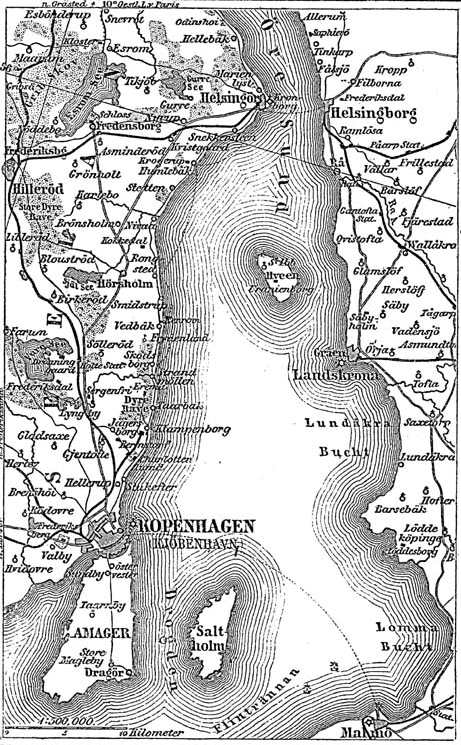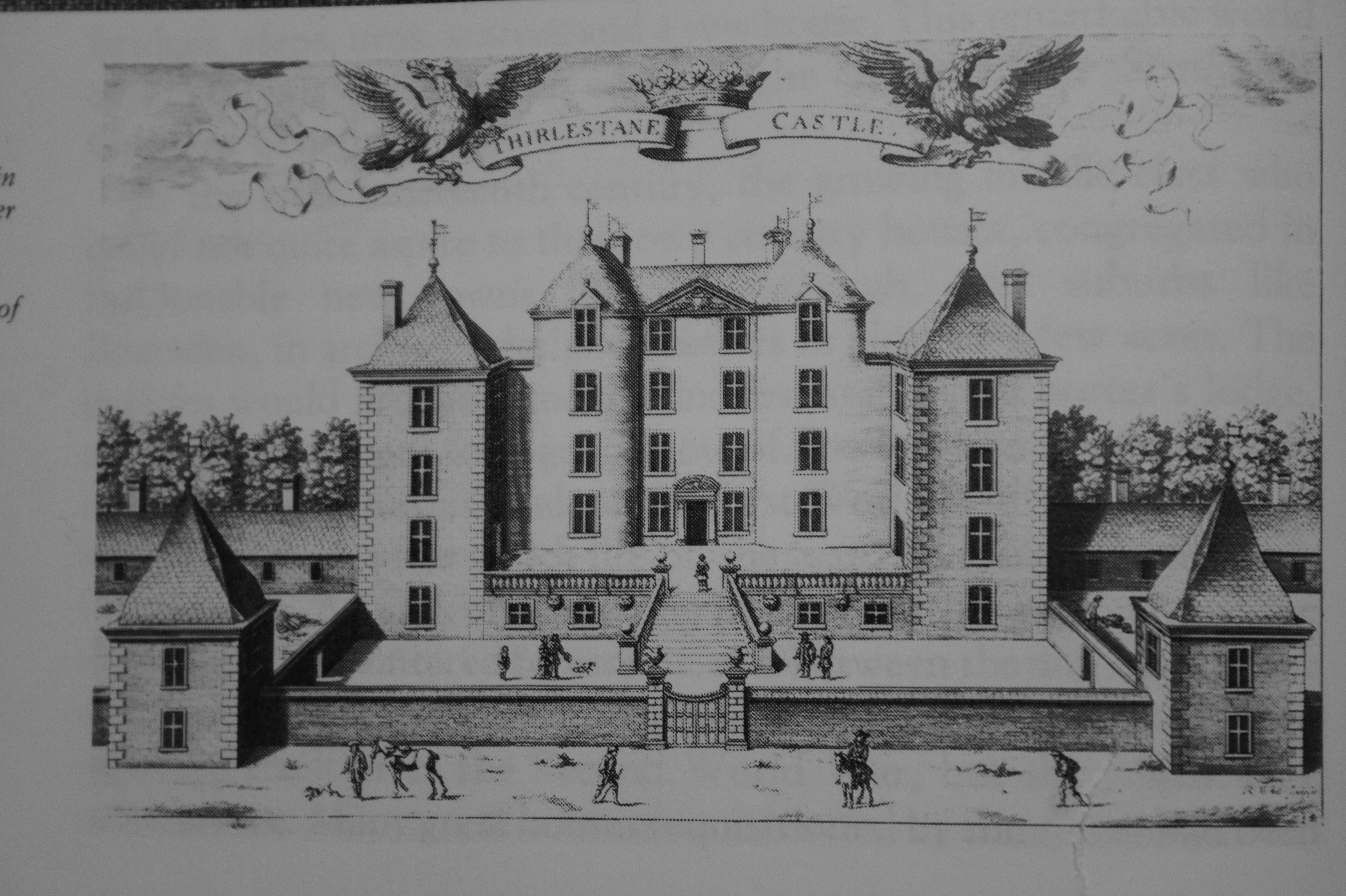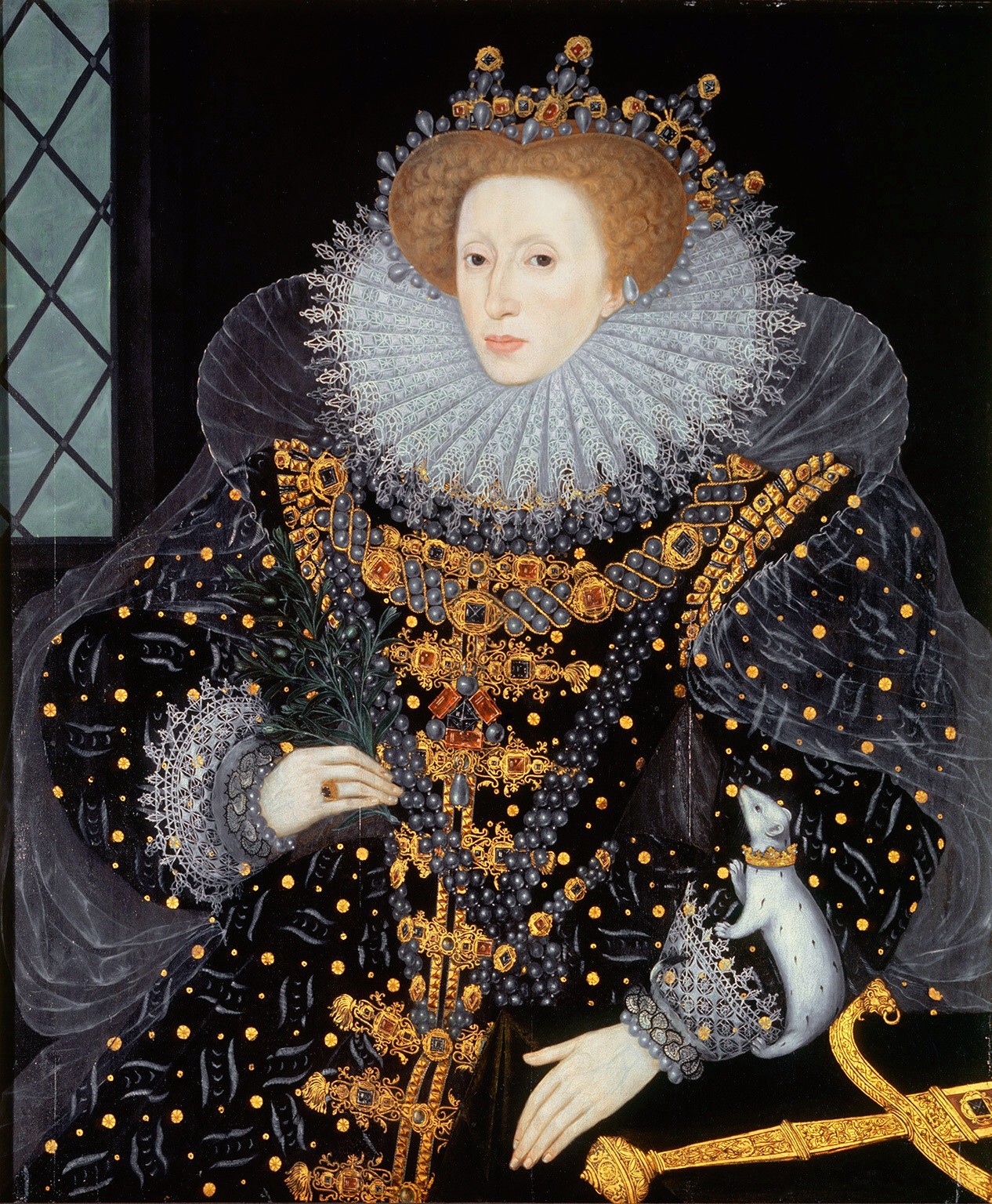|
George Keith, 5th Earl Marischal
George Keith, 5th Earl Marischal (c. 1553–1623) was a Scottish nobleman and Earl Marischal. He succeeded as earl on 7 October 1581, upon the death of his grandfather, William Keith, 4th Earl Marischal. Early life George Keith was the son of William Keith, Master of Marischal, and his wife, Elizabeth Hay. Few details of his education are known, but in 1573 he went to Paris to study horsemanship, and during his travels lodged with Theodore Beza in Geneva where his younger brother William was killed by Spanish bandits. He returned to Scotland in 1580 when James VI made a northern progress and held a meeting of the Privy Council of Scotland at Dunnotar Castle on 18 June 1580. In October he was made a Gentleman of the King's Bedchamber. He was a firm Protestant, and took an active part in the affairs of the Church of Scotland. In May 1583 he was at Linlithgow Palace and played football with the Earl of Bothwell. Bothwell knocked him over, then he kicked Bothwell on the le ... [...More Info...] [...Related Items...] OR: [Wikipedia] [Google] [Baidu] |
Andrew Keith, Lord Dingwall
Andrew Keith, Lord Dingwall (died 1606) was a Scottish landowner, soldier, and diplomat. Andrew Keith was a grandson of William Keith, 4th Earl Marischal, a son of Robert Keith, the second Commendator of Deer. He spent his early career as a soldier in the service of Sweden, as a supporter and later an official of John III of Sweden, and had been made Baron Forsholm. Sweden In October 1571 Regent Mar provided Keith with a letter of recommendation to the King of Denmark, Frederick II, as a brave soldier. Andrew Keith married Elisabeth Birgersdotter of Grip, a first cousin once removed of John III, in 1574. She wrote to George Keith, 5th Earl Marischal in August 1584 thanking him for the help he had given them. They had a house in Stockholm, and ran a network of intelligence agents in Sweden. In 1583 he was sent as Swedish ambassador to England to resolve a dispute about relations with Russia. In 1584, he was back in Scotland. He was knighted and then created Lord Dingwall by J ... [...More Info...] [...Related Items...] OR: [Wikipedia] [Google] [Baidu] |
Sound Dues
The Sound Dues (or Sound Tolls; ) were a toll on the use of the Øresund, or "Sound" strait separating the modern day borders of Denmark and Sweden. The tolls constituted up to two thirds of Denmark's state income in the 16th and 17th centuries. The dues were introduced by King Eric of Pomerania in 1429 and remained in effect until the Copenhagen Convention of 1857 (with the sole exception of Swedish ships between 1658 and 1720). Tolls in the Great Belt had been collected by the Danish Crown at least a century prior to the establishment of the dues by Eric of Pomerania. History All foreign ships passing through the strait, whether ''en route'' to or from Denmark or not, had to stop in Helsingør and pay a toll to the Danish Crown. If a ship refused to stop, cannons in both Helsingør and Helsingborg could open fire and sink it. In 1567, the toll was changed into a 1–2% tax on the cargo value, providing three times more revenue. To keep the captains from understating the ... [...More Info...] [...Related Items...] OR: [Wikipedia] [Google] [Baidu] |
Alexander Oustean
Alexander Oustean or Oustian or Austin (died 1604) was a Scottish tailor and member of Edinburgh burgh council. Career He became a burgess of Edinburgh on 26 May 1560. He was Deacon of Crafts and Craft Councillor in 1582. Oustean undertook a variety of duties for the council, acting as a pricer of wines and timber in 1590, and was often sent as the town's representative or commissioner to the Convention of Royal Burghs. In October 1589 he was sent with the merchant Richard Doby to meet the builders of a new house or hospital for lepers at the Chapel of the Rood by Greenside, to design or set out the bounds of the site and building. Alexander Oustean sided with the vocal party of Edinburgh merchants who wished James VI of Scotland to marry a Danish bride rather than Catherine de Bourbon, the sister of Henry of Navarre. Oustean was wealthy, and was a financial guarantor or "cautionar" of the expenses of George Keith, 5th Earl Marischal during the negotiations for the marriage of A ... [...More Info...] [...Related Items...] OR: [Wikipedia] [Google] [Baidu] |
Elizabeth I Of England
Elizabeth I (7 September 153324 March 1603) was Queen of England and Ireland from 17 November 1558 until her death in 1603. She was the last and longest reigning monarch of the House of Tudor. Her eventful reign, and its effect on history and culture, gave name to the Elizabethan era. Elizabeth was the only surviving child of Henry VIII and his second wife, Anne Boleyn. When Elizabeth was two years old, her parents' marriage was annulled, her mother was executed, and Elizabeth was declared illegitimate. Henry restored her to the line of succession when she was 10. After Henry's death in 1547, Elizabeth's younger half-brother Edward VI ruled until his own death in 1553, bequeathing the crown to a Protestant cousin, Lady Jane Grey, and ignoring the claims of his two half-sisters, Mary and Elizabeth, despite statutes to the contrary. Edward's will was quickly set aside and the Catholic Mary became queen, deposing Jane. During Mary's reign, Elizabeth was imprisoned fo ... [...More Info...] [...Related Items...] OR: [Wikipedia] [Google] [Baidu] |
Patrick Gray, 6th Lord Gray
Patrick Gray, 6th Lord Gray (died 1612), known most of his life as Patrick, Master of Gray, was a Scottish nobleman and politician during the reigns of Mary, Queen of Scots and James VI of Scotland. Early life Patrick Gray, the son of Patrick Gray, 5th Lord Gray, and of his wife Barbara (a daughter of William Ruthven, 2nd Lord Ruthven) grew up as a Protestant and attended the University of Glasgow. In 1575 he married Elizabeth Lyon, daughter of John Lyon, 8th Lord Glamis, a marriage that failed shortly afterwards. Patrick traveled to France, converted to Roman Catholicism and became a supporter of Mary, Queen of Scots (died 1587). Political life On his return to Scotland in 1583, Patrick gained notability as a political schemer and diplomat, endearing himself to the young King James whilst he plotted with James Stewart, Earl of Arran to keep Mary in prison and frustate Mary's plan for an " associated rule". In October 1584, Gray was appointed a Gentleman of the Privy Chamber ... [...More Info...] [...Related Items...] OR: [Wikipedia] [Google] [Baidu] |
Thirlestane Castle
Thirlestane Castle is a castle set in extensive parklands near Lauder in the Scottish Borders, Borders of Scotland. The site is aptly named Castle Hill, as it stands upon raised ground. However, the raised land is within Lauderdale, the valley of the Leader Water. The land has been in the ownership of the Maitland family since 1587, and Thirlestane served as the seat of the Earl of Lauderdale, Earls of Lauderdale. The castle was substantially extended in the 1670s by the first and only John Maitland, 1st Duke of Lauderdale, Duke of Lauderdale. Further additions were made in the 19th century. The castle is now cared for by a charitable trust, and is open to the public. History of the castle Before the 13th century, a large Fortification, fort or castle was built on Castle Hill near the Leader Water. It was the site of the ancient church of Lauder, where in 1482, James III of Scotland, James III's favourites, including the architect Robert Cochrane (architect), Robert Cochrane, wer ... [...More Info...] [...Related Items...] OR: [Wikipedia] [Google] [Baidu] |
John Maitland, 1st Lord Maitland Of Thirlestane
John Maitland, 1st Lord Maitland of Thirlestane (1537 – 3 October 1595), of Lethington, Knight (1581), was Lord Chancellor of Scotland. Life He was the second son of Sir Richard Maitland of Thirlestane, Berwickshire, and Lethington, Haddingtonshire, who settled the lands of Thirlestane upon him, and thereafter sent him abroad for his education. Through the influence of his brother, William Maitland, upon John Maitland's return, he received the offer of the position of Commendator of Kelso Abbey, which he shortly afterwards exchanged with Francis Stewart, later Earl of Bothwell, for the Priory of Coldingham. This transaction was ratified by Mary, Queen of Scots on 20 April 1567. Upon the death of his father, he was appointed Keeper of the Privy Seal of Scotland, on 20 April 1567. He also supported Regent Moray and sat in his parliaments in December 1567 and August 1568. On 2 June 1568, he was created a Senator of the College of Justice as an Ordinary Lord on the spirit ... [...More Info...] [...Related Items...] OR: [Wikipedia] [Google] [Baidu] |
Chancellor Of Scotland
The Lord Chancellor of Scotland, formally titled Lord High Chancellor, was an Officer of State in the Kingdom of Scotland. The Lord Chancellor was the principal Great Officer of State, the presiding officer of the Parliament of Scotland, the Keeper of the Great Seal, the presiding officer of the Privy Council (until 1626), and a judge of the College of Justice. Holders of the office are known from 1123 onwards, but its duties were occasionally performed by an official of lower status with the title of Keeper of the Great Seal. From the 15th century, the Chancellor was normally a bishop or a peer. Following the Union, the Lord Keeper of the Great Seal of England became the first Lord High Chancellor of Great Britain, but the Earl of Seafield continued as Lord Chancellor of Scotland until 1708. He was re-appointed in 1713 and sat as an Extraordinary Lord of Session in that capacity until his death in 1730. List of Lords Chancellors of Scotland David I * 1124-1126: John ... [...More Info...] [...Related Items...] OR: [Wikipedia] [Google] [Baidu] |
English Subsidy Of James VI
Queen Elizabeth I of England paid a subsidy to King James VI of Scotland from 1586 to 1602. This enabled her to influence James by delaying or deferring payments to his diplomats in London. Records survive of the yearly amounts, and details of the expenditure in some years. A large proportion of the money in 1589 was spent on the Entry and coronation of Anne of Denmark, royal wedding and in subsequent years on the wardrobe of Anne of Denmark, royal wardrobe of James and Anne of Denmark. Some royal expenses were met by Anne of Denmark's dowry, which was known as the "tocher". The regular incomes of the Scottish crown were feudal rents, customs, and "compositions" charged on grants of land. Accounts for royal incomes and payments survive as the Exchequer Rolls of Scotland, exchequer rolls and Treasurer of Scotland, lord treasurer's accounts and have been published as historical sources. A gift with consequences The sum of money was an annual gift from the English queen Elizabeth I ... [...More Info...] [...Related Items...] OR: [Wikipedia] [Google] [Baidu] |
William Ashby (died 1593)
William Ashby or Asheby (died 1593) was an English politician and a diplomat sent to Scotland. Career He was the second son of Everard Ashby of Lowesby, Leicestershire, and Mary, daughter of Robert Baud of Somerby, and widow of William Berkley of Wymondham. He was educated at Peterhouse, Cambridge, Christchurch, Oxford, and in Paris. He studied law at the Middle Temple in London in 1575. He was a Member (MP) of the Parliament of England for Grantham in 1586 and for Chichester in 1593. His nephew Robert Naunton, who accompanied him to Scotland, was the MP for the University of Cambridge. In Scotland Ashby was ambassador in Scotland from 1588 to 1590. Many of Ashby's letters from Scotland are concerned with Thomas Fowler, a servant of the Countess of Lennox pursuing the affairs of Arbella Stuart. Ashby was interested in the fate of ships and men from the Spanish Armada. He followed the progress of the negotiations for the marriage of James VI, with Catherine de Bourbon or Ann ... [...More Info...] [...Related Items...] OR: [Wikipedia] [Google] [Baidu] |
George Young (diplomat)
George Young (fl. 1584–1615) was a Scottish churchman, courtier, member of the Privy Council of Scotland, diplomat, and secretary depute. Career George Young was appointed Archdeacon of St Andrews by James VI of Scotland on 12 October 1584. In February 1581 he was clerk of the Privy Council, and brought writings and letters from James VI of Scotland to the English ambassador, Thomas Randolph. In April 1581 he received the royal gift of the income of the Parsonage of Carstairs. He accompanied the ambassador Colonel William Stewart to England in April 1583. He brought the king's instructions during the election of burgh officials in October 1584, directing the voters to select his choices, including James Stewart, Earl of Arran as Provost. Ambassador He was sent as an ambassador to England in 1585 with David Lindsay, and Queen Elizabeth gave them gifts of markedly small value. In January 1587, he was again in London with Sir Robert Melville, William Keith of Delny, and Al ... [...More Info...] [...Related Items...] OR: [Wikipedia] [Google] [Baidu] |





